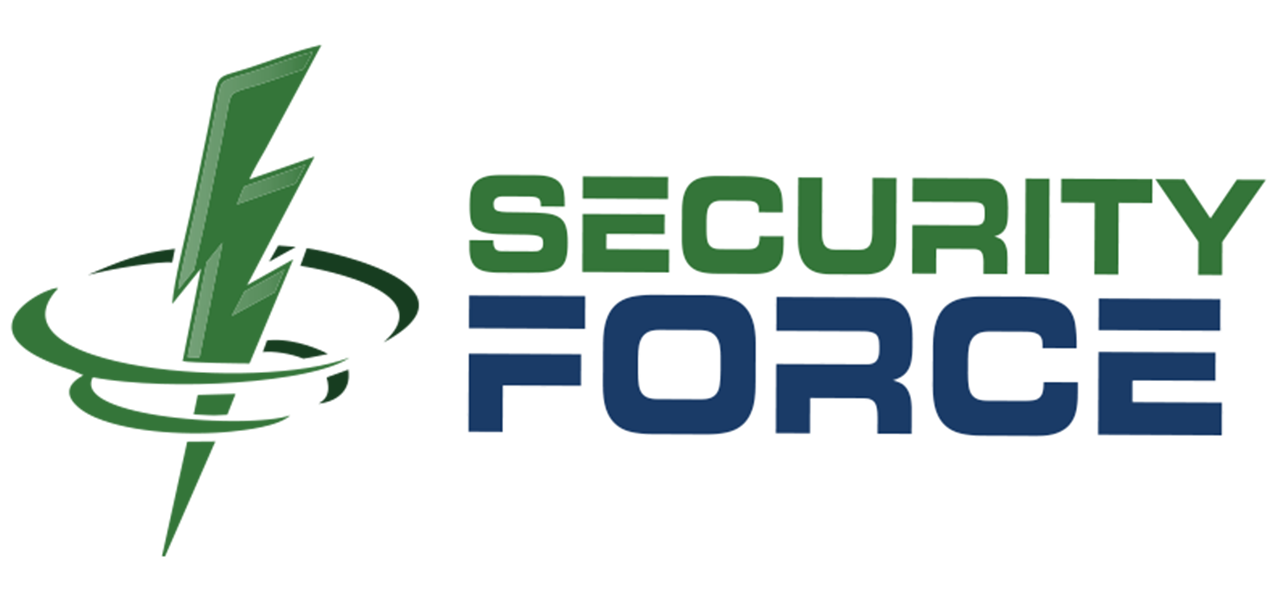At Security Force, we spend a lot of time with technology—cameras, alarms, access control systems, and all the digital tools that help keep people safe. But one of the most surprisingly powerful components of any security strategy isn’t high-tech at all. It’s something you can buy at a hardware store, hang on a wall, and never plug in: a warning sign.
That’s right: a sign.
Why Signs Work So Well
Signs are simple, but they’re remarkably effective. A “No Trespassing” notice, “Employees Only Beyond This Point,” or “This Area Is Under Video Surveillance” can immediately shift behavior. Most people, even those with questionable intentions, don’t want to take on additional risk. A sign creates a psychological hurdle—it forces a person to knowingly cross a clear line.
In fact, signs often act as the first layer of defense in a property or facility. They set boundaries, communicate expectations, and establish consequences before anyone even approaches a door or a fence line. They work so well that criminals even use no trespassing signs to protect the property they’ve stolen!
Signs Must Mean Business
But here’s the catch: signs only work if they’re backed up with action. If the message reads, “Trespassers Will Be Prosecuted,” but no one ever follows through, word will spread. The sign becomes meaningless.
The same is true for a “Video Surveillance in Use” sign. If the cameras don’t actually work—or if no one ever reviews the footage—then the warning sign is just a promise waiting to be tested. Once people realize there’s no substance behind the warning, the deterrent effect disappears.
This is why we encourage customers to think of signs as part of a layered approach. They can’t carry the full weight of security alone. They’re at their best when paired with real, enforceable measures like functional surveillance, access control, and on-the-ground response.
The Problem with Fake Security
It can be tempting to take shortcuts. Fake cameras and imitation security measures often look like a low-cost way to “scare off” trouble. But the truth is, they tend to backfire.
Why? Because they give a false sense of security. Property owners may let their guard down, thinking they’ve put deterrents in place. Meanwhile, observant intruders can usually tell the difference between real and fake equipment. Once someone realizes the system isn’t genuine, the entire property appears vulnerable—eroding trust.
At worst, fake security can create liability. If employees, tenants, or visitors believe they are protected by real systems, they may act differently, only to find out too late that the “security” was just for show.
Where a Warning Sign Fits into a Security Strategy
We’ll be honest: we don’t really make money from signage. Unlike cameras or alarm systems, there’s no service agreement, no monitoring, and no installation complexity. But we recommend them anyway—because they work. Experts call the approach deterrence through psychological barriers and as we all know, security begins in the mind.
Consider each warning sign part of the opening act in a broader security program. They establish expectations, discourage casual violations, and reduce opportunistic threats. But their effectiveness depends on credibility. Signs backed up with reliable security measures are strong deterrents. Signs without substance are, at best, decoration.
Security Is About Trust
At Security Force, we believe security isn’t just about technology—it’s about trust. That means being honest when the best solution is something as simple as a sign, even if it doesn’t contribute to our bottom line. And it means reminding customers that true safety comes from combining visible deterrents with real, enforceable action.
Because the unreasonable effectiveness of signs isn’t magic. It’s psychology, credibility, and consistency working together to keep people safe.

